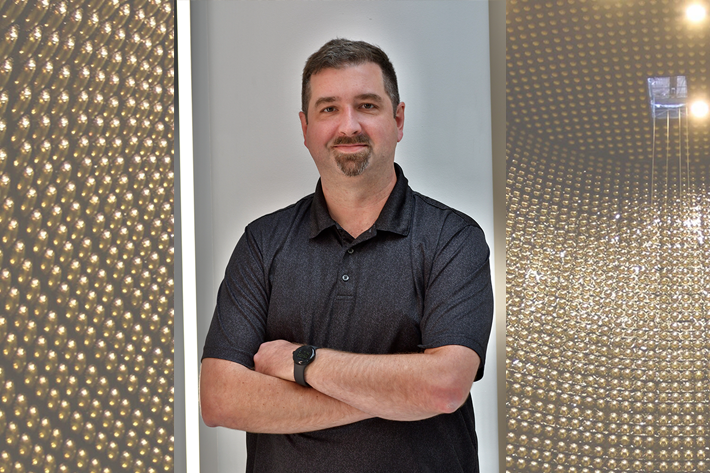Events
Events Calendar
Universe in the Park: Afton State Park
Friday, July 22, 2022, 8:45 p.m. through Friday, July 22, 2022, 11 p.m.
Afton State Park
Universe in the Park is hosted by the Minnesota Institute for Astrophysics and area state and local parks.
Representatives of the Institute will present a short (~20 min) outdoor public talk and slide show. Presentations cover a variety of astronomical topics such as: the history of matter, how astronomers "see," and a journey through our solar system. For the 2022 season, talks will be outdoors to ensure they are as safe as possible.
Afterwards, if weather allows, attendees have the opportunity to view the sky through multiple 8-inch reflecting telescopes, operated by the staff and provided by the Minnesota Institute for Astrophysics. Additionally, free star maps (e.g., www.skymaps.com) and instructions are provided. Throughout the evening, audience members are encouraged to ask questions and discuss topics ranging from backyard astronomy to the latest scientific discoveries.
Although a vehicle permit is usually required to enter the parks, the events are free to the public. More about Afton State Park, here.
Universe in the Park: Eastman Nature Center
Saturday, July 16, 2022, 8:45 p.m. through Saturday, July 16, 2022, 11 p.m.
Eastman Nature Center
Universe in the Park is hosted by the Minnesota Institute for Astrophysics and area state and local parks.
Representatives of the Institute will present a short (~20 min) outdoor public talk and slide show. Presentations cover a variety of astronomical topics such as: the history of matter, how astronomers "see," and a journey through our solar system. For the 2022 season, talks will be outdoors to ensure they are as safe as possible.
Afterwards, if weather allows, attendees have the opportunity to view the sky through multiple 8-inch reflecting telescopes, operated by the staff and provided by the Minnesota Institute for Astrophysics. Additionally, free star maps (e.g., www.skymaps.com) and instructions are provided. Throughout the evening, audience members are encouraged to ask questions and discuss topics ranging from backyard astronomy to the latest scientific discoveries.
Although a vehicle permit is usually required to enter the parks, the events are free to the public. More about Eastman Nature Center, here.
Universe in the Park: Lowry Nature Center
Saturday, July 9, 2022, 8:45 p.m. through Saturday, July 9, 2022, 11 p.m.
Dodge Nature Center (Carver Campground)
Universe in the Park is hosted by the Minnesota Institute for Astrophysics and area state and local parks.
Representatives of the Institute will present a short (~20 min) outdoor public talk and slide show. Presentations cover a variety of astronomical topics such as: the history of matter, how astronomers "see," and a journey through our solar system. For the 2022 season, talks will be outdoors to ensure they are as safe as possible.
Afterwards, if weather allows, attendees have the opportunity to view the sky through multiple 8-inch reflecting telescopes, operated by the staff and provided by the Minnesota Institute for Astrophysics. Additionally, free star maps (e.g., www.skymaps.com) and instructions are provided. Throughout the evening, audience members are encouraged to ask questions and discuss topics ranging from backyard astronomy to the latest scientific discoveries.
Although a vehicle permit is usually required to enter the parks, the events are free to the public. More about Lowry Nature Center, here.
Universe in the Park: Dodge Nature Center
Friday, July 8, 2022, 8:45 p.m. through Friday, July 8, 2022, 11 p.m.
Dodge Nature Center (West St. Paul)
Universe in the Park is hosted by the Minnesota Institute for Astrophysics and area state and local parks.
Representatives of the Institute will present a short (~20 min) outdoor public talk and slide show. Presentations cover a variety of astronomical topics such as: the history of matter, how astronomers "see," and a journey through our solar system. For the 2022 season, talks will be outdoors to ensure they are as safe as possible.
Afterwards, if weather allows, attendees have the opportunity to view the sky through multiple 8-inch reflecting telescopes, operated by the staff and provided by the Minnesota Institute for Astrophysics. Additionally, free star maps (e.g., www.skymaps.com) and instructions are provided. Throughout the evening, audience members are encouraged to ask questions and discuss topics ranging from backyard astronomy to the latest scientific discoveries.
Although a vehicle permit is usually required to enter the parks, the events are free to the public. More about Dodge Nature Center, here.
Universe in the Park: William O'Brien State Park
Friday, July 1, 2022, 8:45 p.m. through Friday, July 1, 2022, 11 p.m.
William O'Brien State Park
Universe in the Park is hosted by the Minnesota Institute for Astrophysics and area state and local parks.
Representatives of the Institute will present a short (~20 min) outdoor public talk and slide show. Presentations cover a variety of astronomical topics such as: the history of matter, how astronomers "see," and a journey through our solar system. For the 2022 season, talks will be outdoors to ensure they are as safe as possible.
Afterwards, if weather allows, attendees have the opportunity to view the sky through multiple 8-inch reflecting telescopes, operated by the staff and provided by the Minnesota Institute for Astrophysics. Additionally, free star maps (e.g., www.skymaps.com) and instructions are provided. Throughout the evening, audience members are encouraged to ask questions and discuss topics ranging from backyard astronomy to the latest scientific discoveries.
Although a vehicle permit is usually required to enter the parks, the events are free to the public. More about William O'Brien State Park, here.
Physics Force in Rochester
Friday, May 13, 2022, 10 a.m. through Saturday, May 14, 2022, 8:30 p.m.
Mayo Civic Center Auditorium
30 Civic Center Drive SE
Rochester, MN 55904-3701
The auditorium shows will feature all the fun big demos, bringing the wonders of physics to life in an educational and spectacular display.
There will be five public shows: 10:00 a.m. and 1:00 p.m. on Thursday, May 12, 2022.
and 10:00 a.m. and 1:00 p.m and 7:00 p.m. on Friday, May 13, 2022
Physics Force performances are typically 60-75 minutes long. Intended for all ages, the shows are free and open to the public. Registration is required.
Physics Force is supported by the School of Physics and Astronomy, the Dean of the College of Science and Engineering, and the University of Minnesota's Materials Research Science and Engineering Center (MRSEC). Physics Force is sponsored by a gift from the 3M Company.
Continuous Advances in QCD 2022
Friday, May 13, 2022, 9 a.m. through Saturday, May 14, 2022, 4 p.m.
University of Minnesota, TC (Registration required, learn more here)
The workshop "Continuous Advances in QCD" (CAQCD 2022) is being organized by the William I. Fine Theoretical Physics Institute (FTPI) at the University of Minnesota, Twin Cities. The workshop will be held from May 12-14, 2022.
We will have a session dedicated to the memory of Misha Voloshin who, sadly, left our world on March 20, 2020. This session will be devoted to heavy quark physics and decays of quasi-classical objects –– the topics so cherished by Misha, in which his contributions were instrumental.
Seven Pines Public Lecture: Peter Galison
Tuesday, May 10, 2022, 7 p.m. through Tuesday, May 10, 2022, 8 p.m.
Webinar: z.umn.edu/SevenPines
About the talk: In thousands of atlases depicting the working objects of inquiry—from bodies, clouds, plants, to crystals and insects—physicians and natural philosophers worked out what counted as scientific objectivity. This long-term history, with its various takes on what a reliable scientific image should be, converged in the years-long struggle of the Event Horizon Telescope (EHT) to produce a picture of a black hole robust enough to make public. On April 10, 2019, the team released the first image of a black hol leased the first image of a black hole, an image viewed within a very few days by more than a billion people. This talk is about how the EHT team of some 200 scientists came to judge the glowing, crescent-like ring as objective.
About the Speaker:Peter Galison is a physicist, historian of science, and filmmaker at Harvard University, where he is the Joseph Pellegrino University Professor and Director of the Black Hole Initiative. In 1997, he was named a MacArthur Fellow; with his Event Horizon Telescope colleagues, Galison shared in the 2020 Breakthrough Prize in Fundamental Physics for the first image of a black hole. He is the author of several books, including How Experiments End; Image and Logic; Einstein’s Clocks, Poincaré’s Maps; and (with L. Daston), Objectivity. Galison partnered (as dramaturg) with South African artist William Kentridge on a multi-screen installation, The Refusal of Time (2012) and an associated chamber opera. He and Robb Moss co-directed Secrecy (2008), on national security secrecy, which premiered at Sundance. The two also co-directed Containment (2015), about the need to guard radio-active materials. The latest film produced and directed by Peter Galison is: Black Holes: the Edge of All we Know, which was released in 2020 (and is available on channels like Netflix, AppleTV and others).
About the Lecture: The Seven Pines public lecture is part of an annual symposium held by the Seven Pines Institute. It is co-sponsored by the Minnesota Center for the Philosophy of Science at the University of Minnesota and The Science Museum of Minnesota.
WiPA de-stress event
Wednesday, May 4, 2022, 1 p.m. through Wednesday, May 4, 2022, 6:06 p.m.
Tate 301
Colloquium: Alex McLeod, University of Minnesota; & Student Awards
Thursday, April 28, 2022, 3:35 p.m. through Thursday, April 28, 2022, 4:35 p.m.
Tate B50/Remote option via zoom
Unveiling the Realm of Quantum Materials with Nano-optics
Abstract: Tool sets wielded by condensed matter researchers over the past century have expanded meteorically into frontiers of the ultra-small and ultra-fast, today leveraging advancements like atomically precise crystal growth, nano-scale device assembly, and femtosecond spectroscopy with ultrafast photon pulses. On the other hand, despite breathtaking 20th century advancements in photon sources and detection technologies, our capacity to resolve condensed matter through optical spectroscopies has remained largely arrested by the diffraction limit since its 19th century observation by Ernst Abbe. However, recent decades have seen the marriage of “conventional” optics with scanning probes to circumvent the diffraction limit, realizing a nanometer-resolved optical spectroscopy mediated fundamentally by electromagnetic near-fields. In this talk, I review and celebrate the breakthrough of this technique into regimes of low temperature and nanometer spatial scales necessary for fundamental studies of quantum materials. I showcase seminal investigations of collective excitations in 2-dimensional media like graphene, electronic phase competition in correlated electron solids, and on-demand control of optical properties in strongly interacting materials. I will share my ambitious perspectives for the future of nano-optical probes for quantum materials, a future that is simultaneously ultra-bright and ultra-small, and fundamentally transformative for optical spectroscopies of complex matter.
https://umn.zoom.us/j/94831171860
School News
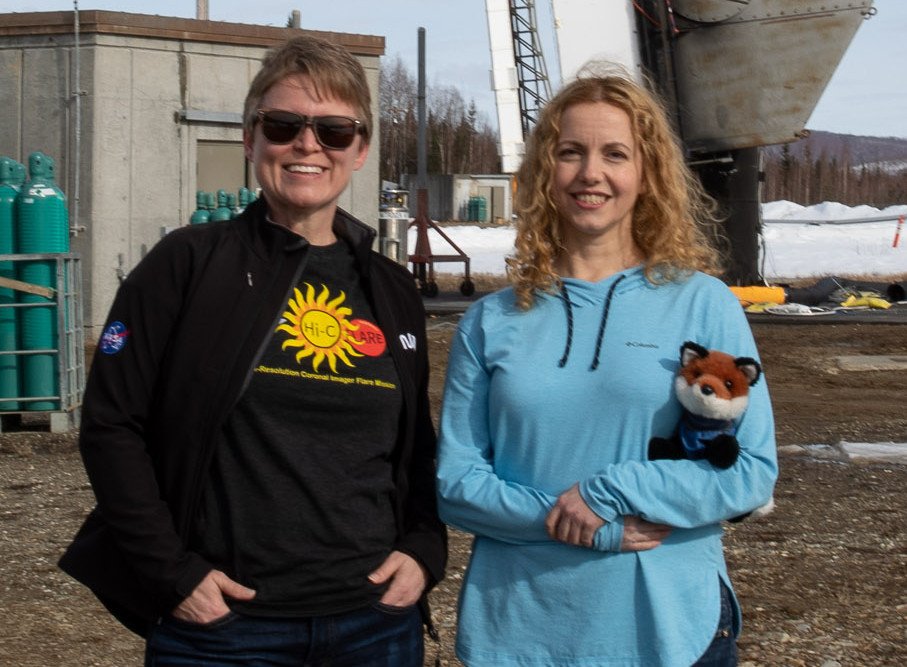
Glesener part of NASA's first solar flare observation campaign
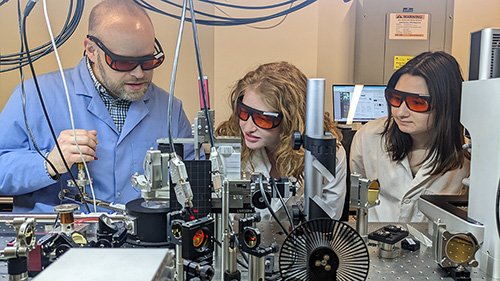
Inside Professor McLeod’s Nano-Imaging Laboratory
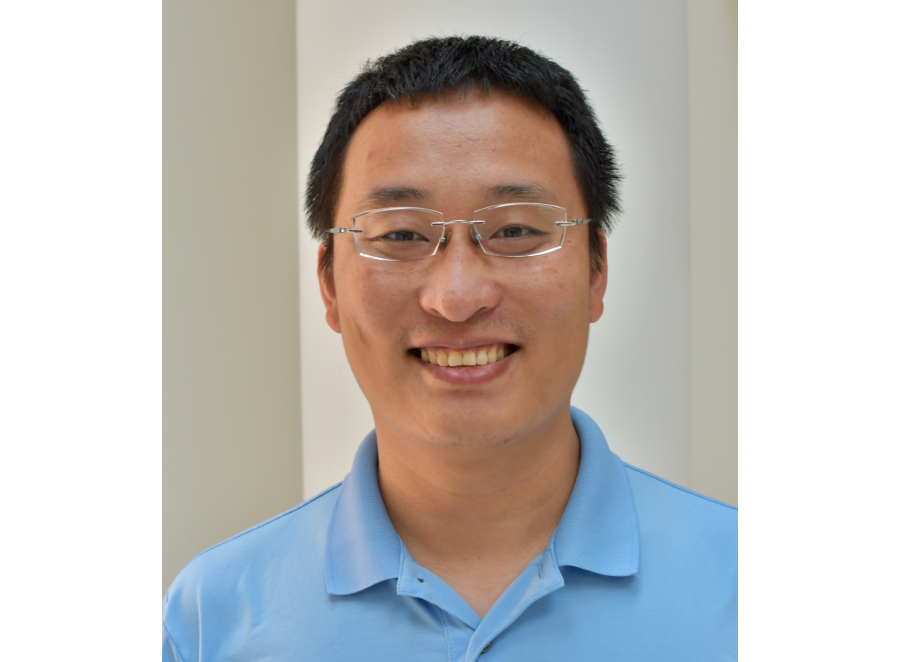
Liu receives prestigious Sloan Research Fellowship for early-career researchers
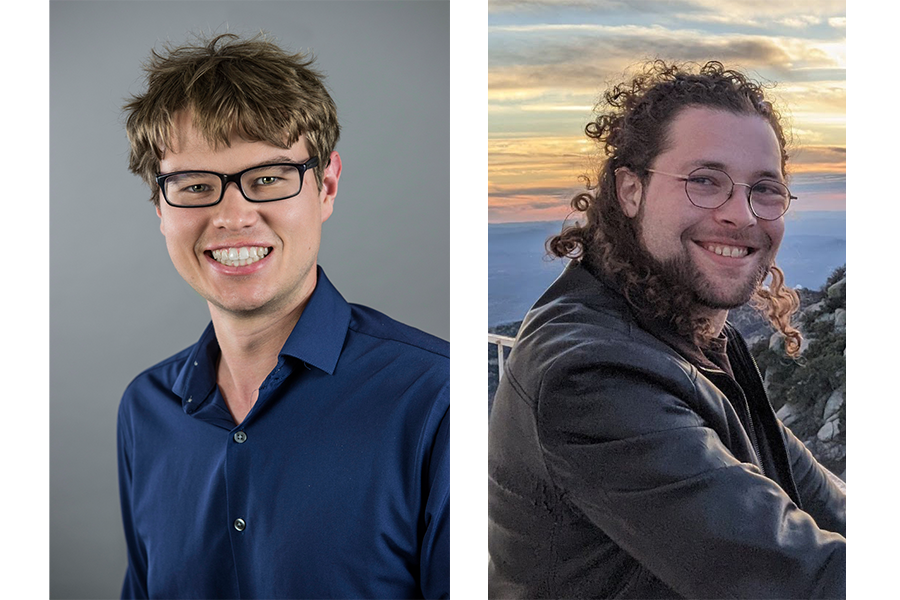
Coughlin and Criswell part of comprehensive UV light survey
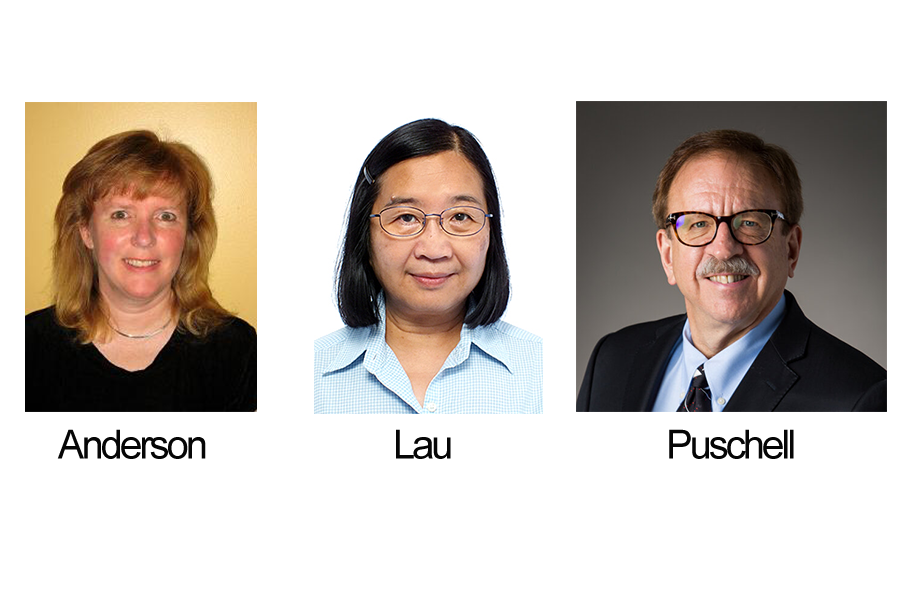
Three School Alumni elected to National Academy of Engineering
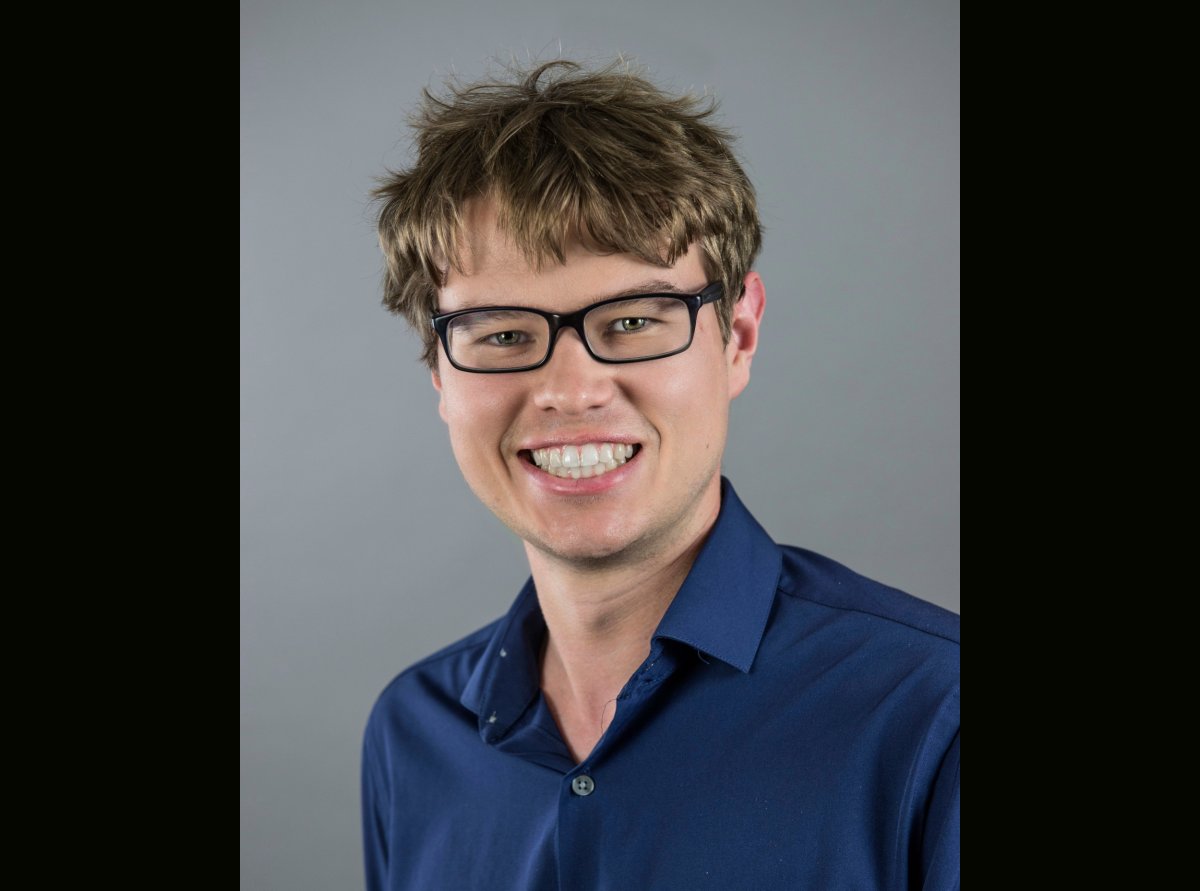
Coughlin receives McKnight Professorship

Humphreys Awarded Medal from Royal Astronomical Society

John Broadhurst, 1935 - 2023
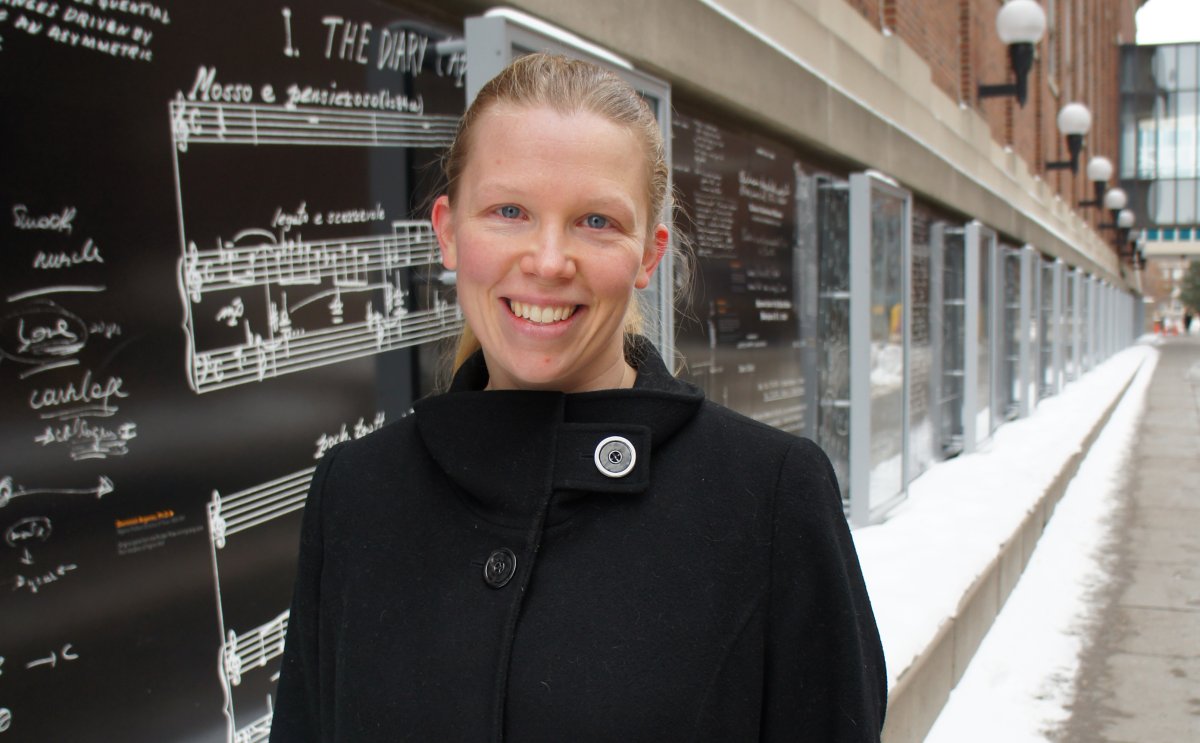
Burnell elected APS Fellow
